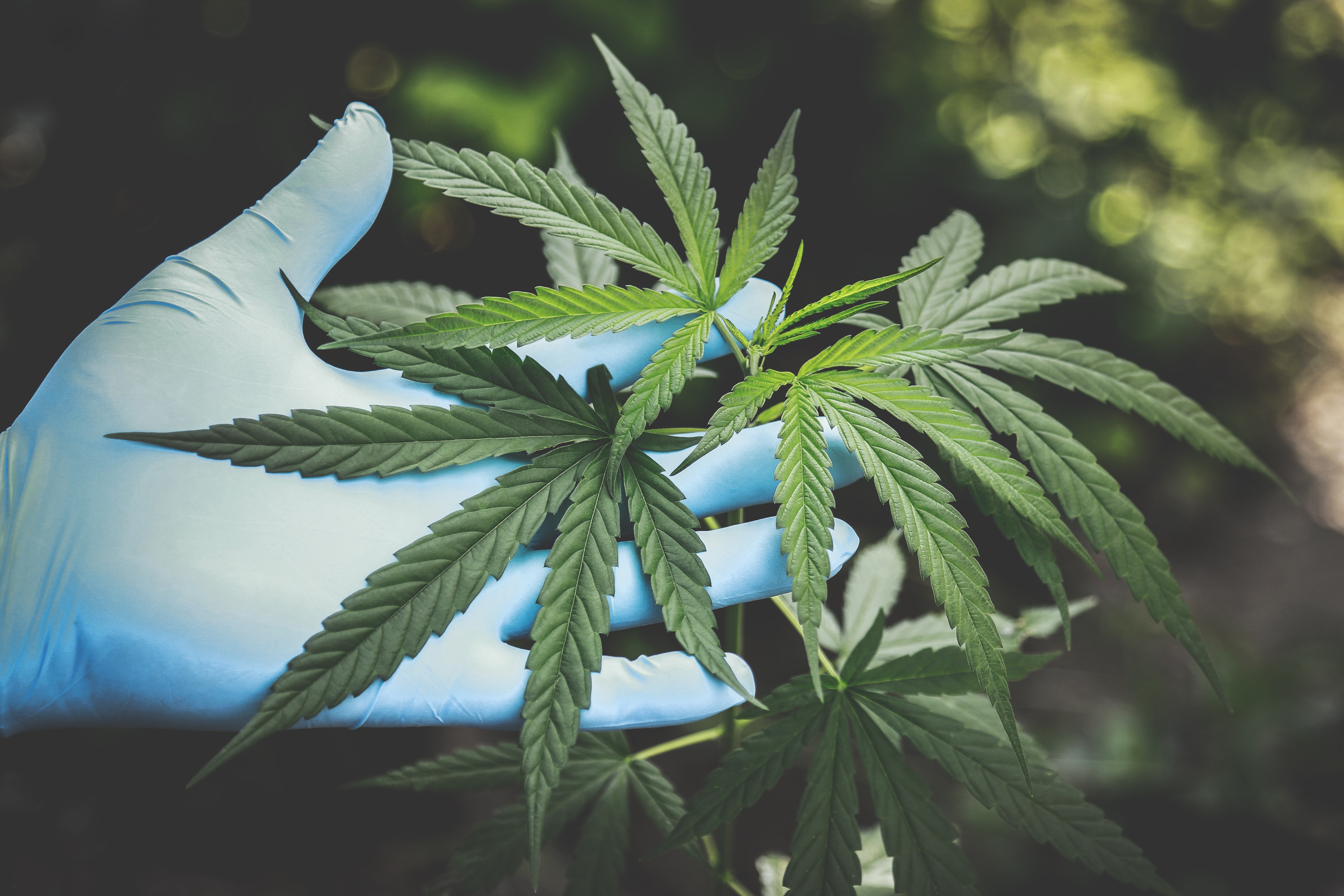
The use of marijuana dates back many years ago, where it was used for its medicinal properties. It has its roots in Central Asia and was later introduced to other continents. Marijuana has also been used on religious occasions and as a recreational product (hashish) whereby it was smoked in a pipe. The popularity of marijuana was parallel with the spread of Islam. This is because the Quran prohibits the use of substances such as alcohol but does not prohibits the use of marijuana (Mehling and Triggle 9-11). The essay writer World Health Organization reports that marijuana is the most cultivated, trafficked, and abused drug. It has a prevalence rate of 2.5% of the world population (Bridgeman and Abazia 180). The use of marijuana as either a medicinal or recreational drug is slowly being permitted in various countries.
Marijuana is a common recreational drug, and several slang terms are used to identify it. These include herb, ganja, pot, reefer, weed, grass, chronic, hash, blunt, and flower. Marijuana is taken in several ways, such as smoking or mixing it in food or drinks (Connolly 15). The most common use is smoking it, and slang terms used include blasting, mowing the grass, toking, and getting the wind (Simpson et al. 13).
Smoking marijuana introduces active ingredients faster in the body. It is introduced into the bloodstream via the lungs. The circulation system then carries the chemical to other organs of the body, such as the brain. THC is fat-soluble hence has a long half-life in the bloodstream and can reach peak concentrations within a few minutes. The active ingredients are absorbed when marijuana is eaten or drunk. Some of the short-term effects of marijuana include an altered sense of time, impaired body movement, hallucinations, psychosis, altered judgment, impaired motor coordination, mood changes, difficulty in problem-solving, and delusions (Volkow et al. 2220).
The primary psychoactive constituent of marijuana is Delta 9-tetrahydrocannabinol (THC). THC is responsible for the addictive potential of smoked marijuana as well as the cognitive effects. THC activates parts of the brain that contain receptors that react to THC. This causes the feeling of being ‘high’ in the users. Long term use of marijuana causes several adverse effects. It affects the brain development of the user. Studies show that marijuana impairs neural connectivity in some areas of the brain. This affects cognitive functions responsible for executive functions, self-consciousness, alertness, and the learning memory (Crean et al 6).
The long-term use of marijuana has been linked to mental illness. It exacerbates schizophrenia patients’ symptoms, increases the risk of depression and anxiety, and causes suicidal thoughts in teens. Preclinical data shows that the use of marijuana during adolescence can influence dependency in adulthood. THC decreases the dopamine neurons reactivity hence the susceptibility to addiction and drug abuse. Marijuana also causes a wide range of physical effects such as increased heart rate, Cannabinoid Hyperemesis Syndrome (regular cycles of severe nausea, vomiting), higher risk for lung infections, and breathing problems. Epidemiologic studies show that marijuana can also affect the development of a child during and after pregnancy. Children exposed to marijuana in the womb or through breastfeeding have increased brain problems and have behavioral issues (Day et al. 132).
Have someone “Write My Essay,” here.
The Food and Drug administration has sensitized the public on reported deaths caused by vaping products that contain THC. Research on death causes is still undergoing to establish if more than one compound is responsible for the reported deaths. The public has been advised to avoid using vaping products with modified levels of THC (Schauer et al., 6)
Works Cited
Bridgeman, M. and D. Abazia. “Medicinal Cannabis: History, Pharmacology, And Implications for the Acute Care Setting.” P & T : a peer-reviewed journal for formulary management 42 3 (2017): 180-188 .
Connolly, Sean. Marijuana. Collingwood, ON Canada: Saunders Book Company, 2008. Print.
Crean, R. et al. “An Evidence-Based Review of Acute and Long-Term Effects of Cannabis Use on Executive Cognitive Functions.” Journal of Addiction Medicine 5 (2011): 1-8.
Day, N. et al. “The effects of prenatal marijuana exposure on delinquent behaviors are mediated by measures of neurocognitive functioning.” Neurotoxicology and teratology 33 1 (2011): 129-36 .
Schauer, G. et al. “Toking, Vaping, and Eating for Health or Fun: Marijuana Use Patterns in Adults, U.S., 2014.” American journal of preventive medicine 50 1 (2016): 1-8 .
Simpson, Sean S et al. “Detecting Novel and Emerging Drug Terms Using Natural Language Processing: A Social Media Corpus Study.” JMIR Public Health and Surveillance 4 (2018):.
Volkow, N. et al. “Adverse health effects of marijuana use.” The New England journal of medicine 370 23 (2014): 2219-27 .
Mehling, Randi, and D J. Triggle. Marijuana. Philadelphia: Chelsea House Publishers, 2009. Internet resource.







